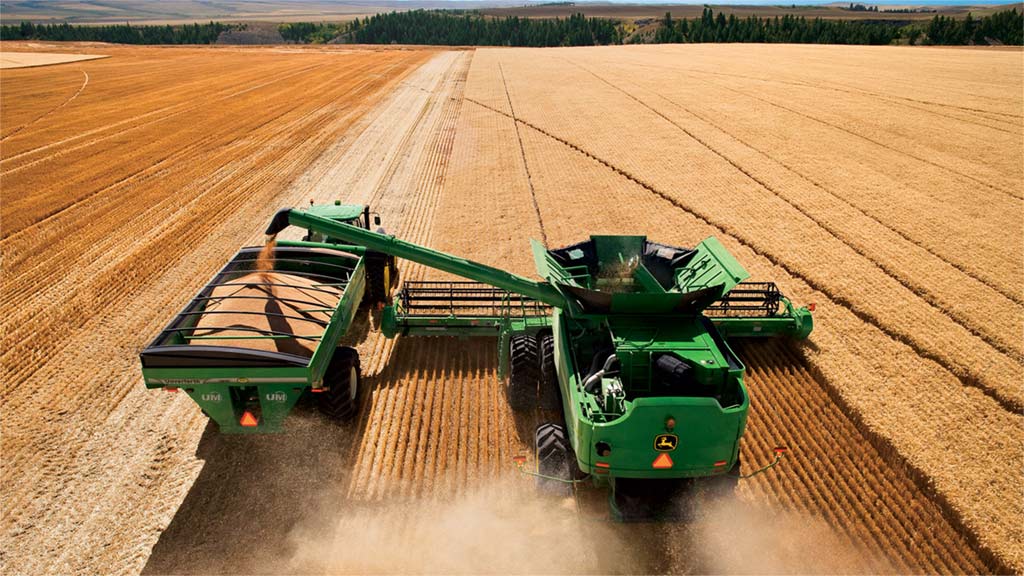This post may contain affiliate links which means I may receive a commission for purchases made through links. Learn more on my Private Policy page.
If you’re a farmer looking to invest in a harvester for your farm, you may find yourself pondering over the various options available. With so many different types of harvesters on the market, it’s essential to choose the one that best suits your specific needs and requirements. From combine harvesters to forage harvesters, each type offers its own set of advantages and features. By considering factors such as crop type, field conditions, and harvesting volume, you’ll be able to make an informed decision on selecting the perfect harvester for your farm.
Consider Your Crop
Type of crop
The first step in choosing the right type of harvester for your farm is to consider the type of crop you are growing. Different crops may require different harvesting methods and equipment. For example, if you are growing grains such as wheat or corn, you may need a combine harvester. On the other hand, if you are growing fruits or vegetables, you might require a specialized harvester designed for harvesting these types of crops. By understanding the specific needs of your crop, you can narrow down your options and find a harvester that is suitable for your farm.
Crop yield
Another important factor to consider is the crop yield. If you have a large farm with a high crop yield, you may need a larger and more efficient harvester to ensure the productivity of your operation. On the other hand, if you have a smaller farm with a lower crop yield, a smaller and more economical harvester may be sufficient. It is important to consider the size of your harvest and choose a harvester that can handle the volume effectively.
Harvesting method
The next consideration is the harvesting method. There are various harvesting methods available, such as manual harvesting, mechanical harvesting, and hybrid methods. Manual harvesting involves hand-picking the crops, which can be time-consuming and labor-intensive. Mechanical harvesting, on the other hand, involves using machinery to harvest the crops. This method is more efficient and can save time and effort. Hybrid methods combine both manual and mechanical techniques, offering a balance between efficiency and cost. Consider the pros and cons of each method and choose the one that aligns with your farm’s needs and resources.
Assess Your Farm Size
Total land area
The size of your farm plays a crucial role in determining the type of harvester that is suitable for your needs. If you have a larger farm with a significant land area, you may require a harvester with a larger working capacity to cover more ground efficiently. On the other hand, if you have a smaller farm with limited land area, a smaller and more compact harvester could be a better fit. Assess the total land area of your farm and choose a harvester that can make the most of your available space.
Plantation density
Another factor to consider when assessing your farm size is the plantation density. If your crops are densely planted, it is important to choose a harvester that can navigate through narrow rows without damaging the crops. Some harvesters are designed with adjustable widths to accommodate different plantation densities. By considering the plantation density of your farm, you can ensure that the harvester you choose is optimized for your specific needs.
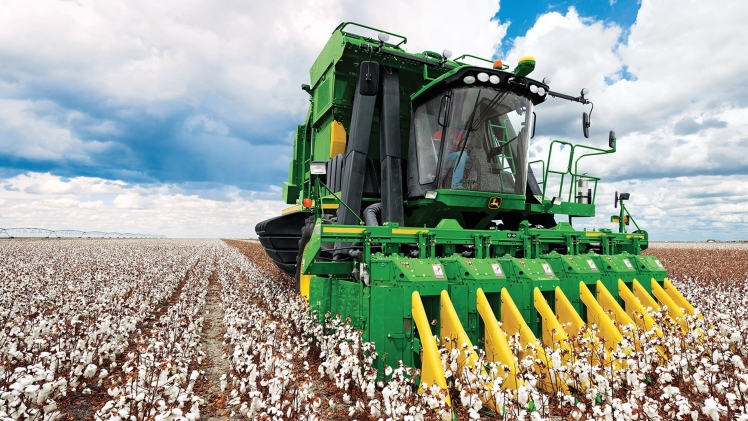
This image is property of www.lifestylefun.net.
Examine Terrain and Soil Conditions
Terrain type
The terrain type of your farm can greatly impact the performance of the harvester. Some harvesters are better suited for flat terrain, while others are designed to handle more rugged or hilly terrain. If your farm has uneven terrain or steep slopes, it is important to choose a harvester that has the necessary features, such as sturdy wheels or tracks, to navigate these challenging conditions. Assess the terrain type of your farm and select a harvester that can handle the terrain with ease.
Soil structure and fertility
The soil structure and fertility of your farm also play a significant role in choosing the right harvester. Some crops require delicate handling during the harvesting process, especially if the soil is loose or sandy. In such cases, a harvester with gentle harvesting mechanisms or specialized attachments may be necessary to prevent damage to the crops. Additionally, if your soil has a tendency to be compacted, it is important to choose a harvester that can work efficiently in such conditions. Consider the soil structure and fertility of your farm to ensure that the harvester you choose is compatible with your soil conditions.
Evaluate Harvesting Speed and Efficiency
Number of workers available
When choosing a harvester, it is crucial to consider the number of workers available on your farm. Some harvesters require a larger workforce to operate effectively, while others can be operated by a single person. If you have a limited number of workers, it may be more practical to choose a harvester that is easy to operate and requires minimal labor. On the other hand, if you have a larger workforce, you may have more flexibility in choosing a harvester that offers higher productivity but requires more manpower. Evaluate the number of workers available on your farm and choose a harvester that aligns with your labor resources.
Required harvesting output
The required harvesting output is another important factor to consider when evaluating the speed and efficiency of a harvester. The output refers to the volume of crops that the harvester can harvest within a given timeframe. If you have strict deadlines or time constraints for harvesting, you may need to choose a harvester that can handle higher volumes in a shorter period. However, if you have a more flexible schedule, you may prioritize other factors, such as fuel efficiency or ease of use. Assess your required harvesting output and choose a harvester that can meet your productivity goals.
Time constraints
In addition to the required harvesting output, it is crucial to consider the time constraints you may have. Some harvesters offer faster harvesting speeds, allowing you to complete the harvest in less time. However, faster harvesting speeds may come at a higher cost or require more experienced operators. Evaluate your time constraints and balance them with other considerations, such as budget and manpower availability. It is essential to choose a harvester that can achieve the desired output within the available time frame.
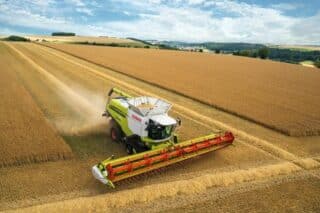
This image is property of guide.agriexpo.online.
Analyze Budget and Cost-effectiveness
Total budget for harvester
One of the most important factors to consider when choosing a harvester is your total budget. Harvesters can vary greatly in price, depending on their size, features, and brand. It is crucial to determine your budget range and stick to it while considering your options. Consider the long-term financial implications of the investment and ensure that you can afford not only the initial purchase but also the operating and maintenance costs associated with the harvester.
Operating and maintenance costs
In addition to the initial purchase cost, it is important to consider the ongoing operating and maintenance costs of the harvester. These costs can include fuel expenses, lubricants, spare parts, and regular servicing. Different harvesters may have varying fuel efficiency, maintenance requirements, and availability of spare parts. Research the estimated operating and maintenance costs of the harvester models you are considering and evaluate their affordability in the long run. Choosing a harvester with lower operating and maintenance costs can lead to greater cost-effectiveness over time.
Expected return on investment
When analyzing the budget and cost-effectiveness of a harvester, it is crucial to consider the expected return on investment. Determine how the harvester will contribute to your farm’s productivity and profitability. Calculate the potential increase in crop yield or reduction in labor costs that the harvester can offer. Consider the estimated lifespan of the harvester and the potential resale value in the future. By thoroughly evaluating the expected return on investment, you can make an informed decision that aligns with your farm’s financial goals.
Consider Available Machinery
Types of harvesters
There are various types of harvesters available in the market, each designed for specific crops and harvesting methods. Some common types of harvesters include combine harvesters, for cereal crops like wheat or corn, fruit and vegetable harvesters, for crops like apples or lettuce, and specialized harvesters, like grape harvesters. Research the different types of harvesters that are suitable for your crop and explore their features, capabilities, and limitations. Understanding the available options is essential in choosing the most appropriate harvester for your farm.
Features and specifications
In addition to the type of harvester, it is important to consider the specific features and specifications that are relevant to your farm. These may include working width, capacity, adjustable settings, and attachment options. For example, if you have varying crop heights, a harvester with adjustable settings can ensure efficient harvesting across different plants. Additionally, certain features like automatic steering or GPS guidance can enhance the precision and efficiency of the harvesting process. Assess the features and specifications that are essential for your farm’s specific requirements and choose a harvester that meets those criteria.
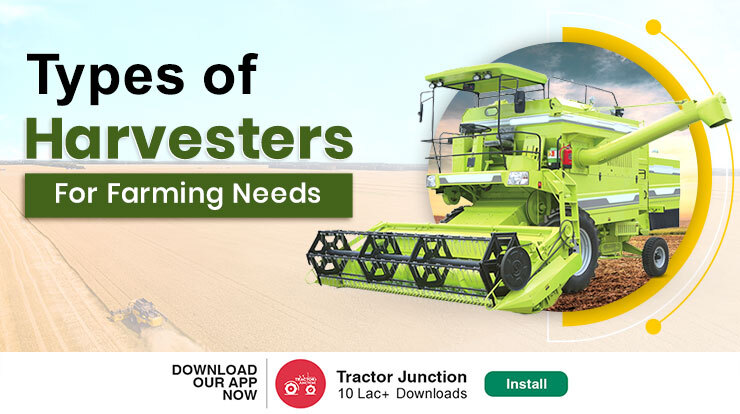
This image is property of www.tractorjunction.com.
Evaluate Harvesting Techniques
Manual harvesting
Manual harvesting involves using human labor to hand-pick the crops. While this method can be labor-intensive and time-consuming, it offers precise control over the harvesting process. Manual harvesting is often preferred for certain crops, such as delicate fruits or high-value specialty crops. Additionally, manual harvesting allows for selective harvesting, which involves picking only the mature or ripe crops, minimizing waste. Consider the specific requirements of your crop and the available labor resources when evaluating the viability of manual harvesting for your farm.
Mechanical harvesting
Mechanical harvesting involves using machinery, such as combines or specialized harvesters, to harvest the crops. This method is generally faster and more efficient than manual harvesting, especially for larger farms or crops that can withstand the mechanical harvesting process. Mechanical harvesting can significantly reduce labor costs and improve overall productivity. However, it is important to ensure that the machinery is operated properly to prevent crop damage. Evaluate the suitability of mechanical harvesting for your crop, taking into account factors such as crop type, scale of operation, and available machinery.
Hybrid methods
Hybrid harvesting methods combine both manual and mechanical techniques, offering a balance between efficiency and precision. This approach allows for the use of machinery in areas where it is most efficient, while still relying on manual labor for tasks that require human judgment or delicacy. Hybrid methods can be particularly beneficial for crops that have varying levels of ripeness or maturity, as they allow for selective harvesting. Assess the specific needs of your crop and consider the advantages of hybrid harvesting methods for your farm.
Research Popular Harvester Brands and Models
Reputation and reliability
When choosing a harvester, it is important to research the reputation and reliability of different brands and models. Look for brands that have a proven track record in the industry and a reputation for manufacturing high-quality and reliable harvesters. Read reviews, seek recommendations from fellow farmers, and consult agricultural experts to gain insights into the performance and longevity of different harvester models. Investing in a reputable brand increases the likelihood of purchasing a harvester that will provide long-term value and reliability for your farm.
Customer reviews and ratings
Customer reviews and ratings provide valuable insights into the real-world experiences of other farmers who have used specific harvester models. Look for online platforms or forums where farmers share their opinions and experiences with different harvesters. Pay attention to common themes or recurring issues mentioned in the reviews, as they can help you identify potential strengths and weaknesses of different models. Keep in mind that individual experiences may vary, so it is important to consider a range of reviews to form a well-rounded understanding of the harvester’s performance.
This image is property of img.autotrader.co.za.
Visit Demo Farms and Seek Expert Advice
Demo farm visits
Visiting demo farms that use the harvester models you are considering can provide valuable firsthand experience and knowledge. Witnessing the harvester in action allows you to evaluate its performance, capabilities, and ease of use. Take note of how the harvester handles different crops, terrain types, and operating conditions. Engage in conversations with the farm owners or operators to gather insights and ask specific questions about their experience with the harvester. Demo farm visits provide a practical perspective on the suitability of different harvester models for your own farm.
Consultations with agricultural experts
Consulting with agricultural experts can offer valuable guidance and advice when choosing the right harvester for your farm. Local agricultural extension offices, agricultural universities, or industry experts can provide insights into the specific requirements of your crop and the most suitable harvesters available. These experts can help you navigate through the vast array of options and provide recommendations based on their knowledge and experience. Consultations with agricultural experts ensure that your harvester choice is backed by professional input, increasing the likelihood of a successful and efficient harvesting operation.
Consider Rental and Lease Options
Short-term rental
If you are unsure about committing to the purchase of a harvester, short-term rental options may be worth considering. Renting a harvester allows you to assess its performance and compatibility with your farm before making a significant investment. It also offers the flexibility to adjust your harvesting methods or upgrade to a different harvester model as your farm’s needs evolve. Short-term rental can be a cost-effective solution for smaller farms or farms with limited financial resources.
Long-term lease
For farms with a long-term need for a harvester but limited capital, a long-term lease option can be a viable solution. Leasing a harvester provides the opportunity to access the equipment without the upfront cost of purchasing. This allows you to conserve your financial resources while still benefiting from the productivity and efficiency gains of a harvester. However, it is important to carefully evaluate the terms and conditions of the lease agreement, including maintenance responsibilities and potential buyout options. Consider the long-term financial implications and assess the suitability of a long-term lease for your farm’s specific needs.
In conclusion, choosing the right type of harvester for your farm requires careful consideration of various factors. By assessing your crop type, farm size, terrain and soil conditions, harvesting speed and efficiency, budget and cost-effectiveness, available machinery, harvesting techniques, popular brands and models, and seeking expert advice, you can make an informed decision. Remember to weigh the pros and cons of each option, considering the specific requirements of your farm. Taking the time to evaluate these factors will help ensure that you choose a harvester that maximizes your farm’s productivity and profitability. Happy harvesting!
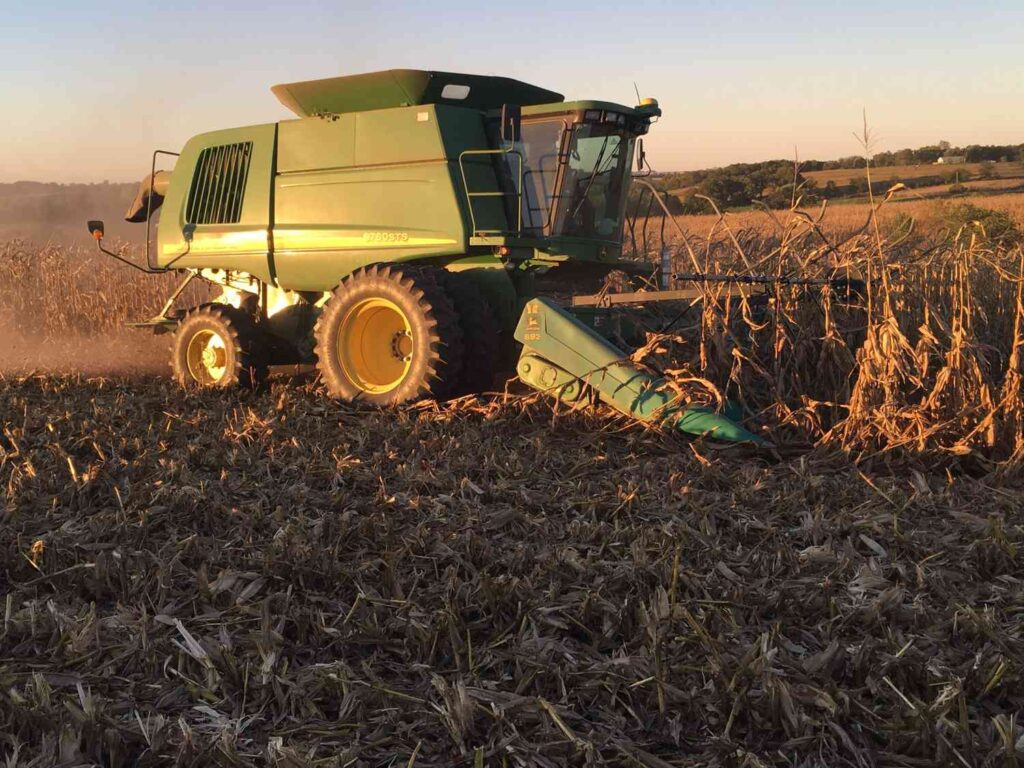
This image is property of www.agriculture.com.
This post may contain affiliate links which means I may receive a commission for purchases made through links. Learn more on my Private Policy page.


